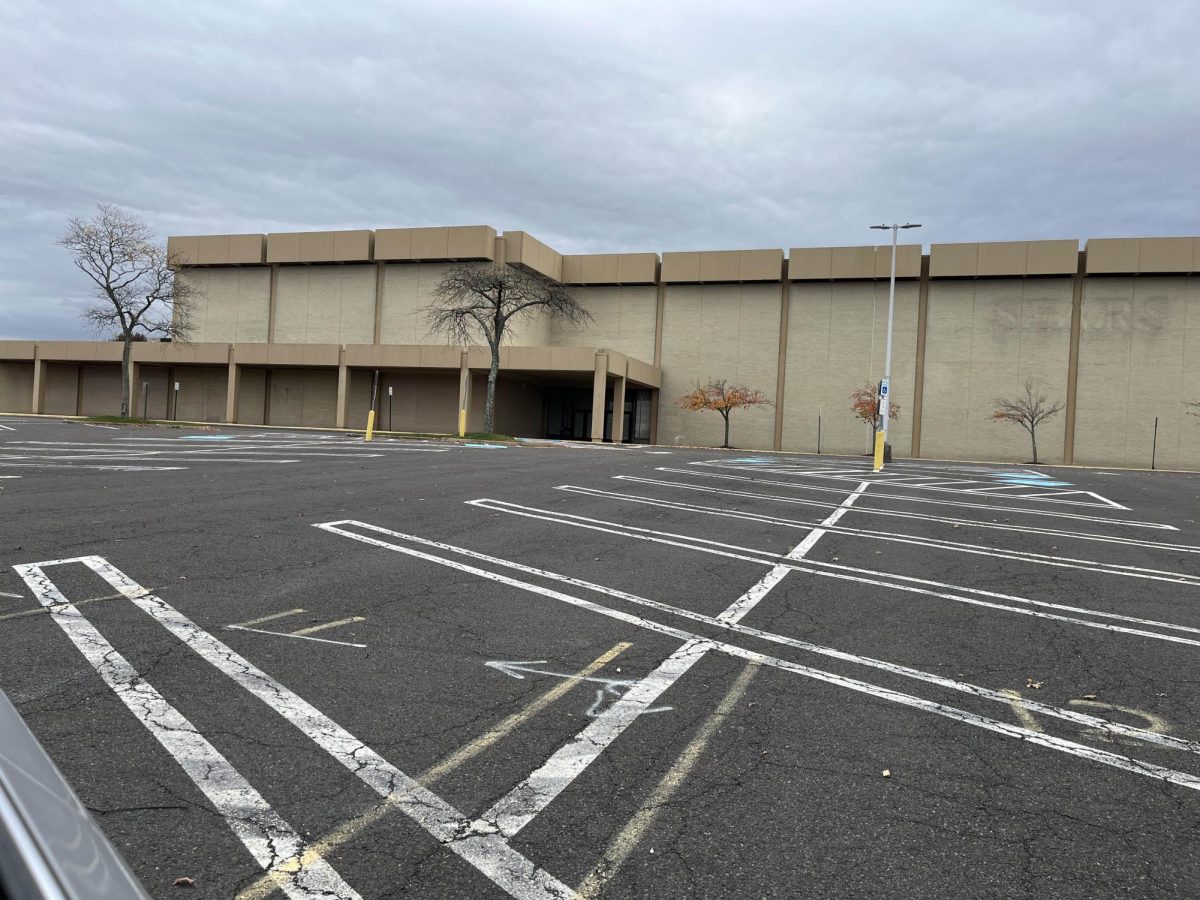Across the U.S., shopping malls have seen less traffic than ever before creating concern and causing many people to provide solutions to revive the dying malls.
The death of retail malls is been going on for years but has recently come to the limelight even more with thousands of stores closing. Closing stores leads to increased vacancies, making the shopping mall much less of a top choice for many shoppers.
According to capitaloneshopping.com, a projected 87 percent of shopping malls in the U.S. are likely to close over the next 10 years. These statistics beg the question, what would bring the shopper back to the mall?
Nick Bargas, a 20-year-old business administration major at Bucks said, “More accessibility, more affordable and more exclusive stores would get people back. A rewards program that offers benefits when shopping there would give a reason for people to shop there.”
Sandy, an employee at the Time After Time watch store at the Neshaminy Mall, gave her insight into the issues that have plagued the Neshaminy Mall. “Anchor stores are definitely needed, and we don’t really have one right now,” she said.
James Forte, a 20-year-old Feasterville resident, said, “It needs new architecture. Modern design sucks and they should embrace nostalgic architecture, vibe and atmosphere to bring people back.”
Forte also added, “We need more appealing stores, especially those that appeal to a younger generation of shoppers.” Forte also left his predictions for the Neshaminy Mall’s future, stating, “I think the main interior parts of the mall and food court will close but the mainstays like AMC Theatre and Barnes & Nobles will be able to stay open and afloat on their own without the mall.”
Many seem to attribute the decrease in mall shoppers to the increase in online shopping, with Amazon being accredited with most of the blame. This seems to mostly ring true, with e-commerce shopping’s shares of retail sales going up at an annual rate of 20.6 percent since 1995 as stated by captialoneshpping.com research.
However, despite the increased e-commerce rates, Americans still spent $6.917 trillion in retail stores, in comparison to $1.154 trillion in online shopping according to captialoneshpping.com.
These statistics show that retail isn’t necessarily as dead as people say it is, but it still begs the question of how to bring people back to the mall. Do malls need to decrease rent, redo their interior or bring in more appealing stores? The answer must be figured out soon before all malls are forced to close their doors.


